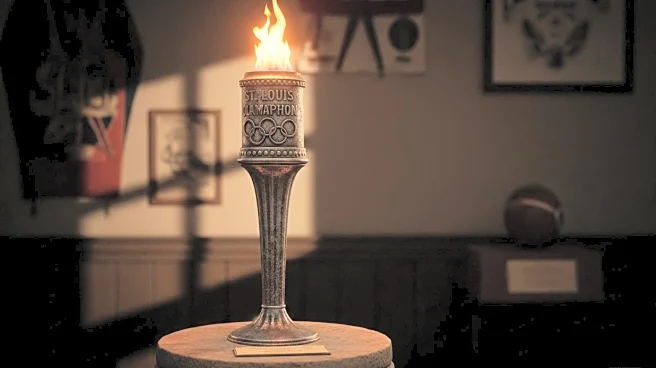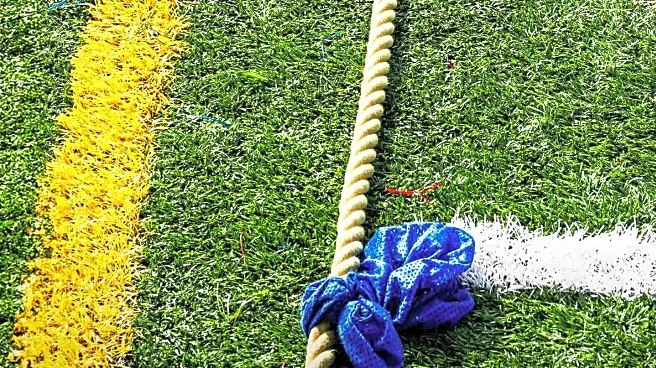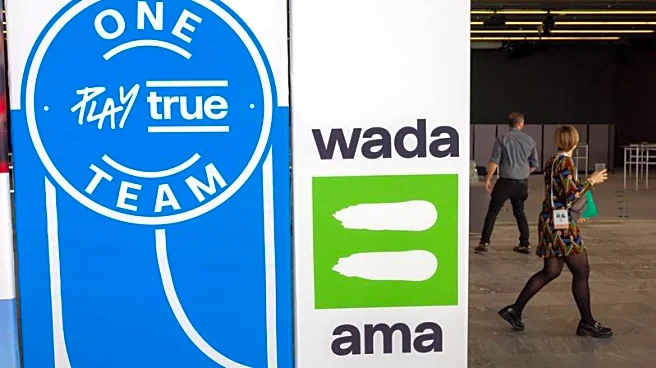What's Happening?
The 1904 St. Louis Olympic Marathon is remembered as one of the most bizarre and controversial events in Olympic history. American runner Tom Hicks won the marathon under extraordinary circumstances, involving the use of strychnine, a toxic substance, to enhance performance. During the race, Hicks was denied water by his support team and instead given a mixture of egg whites and strychnine, a common practice at the time to stimulate athletes. Despite suffering from the effects of the poison, Hicks continued the race, later consuming brandy to wash down another dose of the concoction. He was eventually carried over the finish line by his support team, who held him up as he shuffled his feet to simulate running. The judges awarded him the gold medal, although he never competed professionally again. The race was further marred by the disqualification of Fred Lorz, who initially crossed the finish line first after hitching a ride in a car for part of the race.
Why It's Important?
The 1904 marathon highlighted significant issues in the early days of competitive sports, including the lack of regulations and the use of dangerous substances to enhance performance. The event's chaotic nature and the subsequent scandal nearly led to the marathon being removed from the Olympic program. It also underscored the need for stricter oversight and fair play in sports, paving the way for modern anti-doping regulations. The race serves as a historical example of the lengths to which athletes and their teams might go to secure victory, often at great personal risk. This incident is a reminder of the evolution of sports ethics and the ongoing battle against performance-enhancing drugs.
What's Next?
While the 1904 marathon is a historical event, its implications continue to resonate in today's sports world. The incident contributed to the development of more stringent rules and the establishment of organizations dedicated to ensuring fair competition. The lessons learned from such events have informed current policies and practices in sports, emphasizing athlete safety and integrity. As sports continue to evolve, the focus remains on maintaining a level playing field and preventing similar controversies.
Beyond the Headlines
The 1904 marathon also reflects broader cultural and ethical issues of the time, including the perception of athletic competition as a spectacle rather than a serious sporting event. The use of strychnine, now recognized as a dangerous practice, was indicative of the era's limited understanding of sports science and medicine. This historical context provides insight into how far sports have come in terms of safety, fairness, and professionalism.












